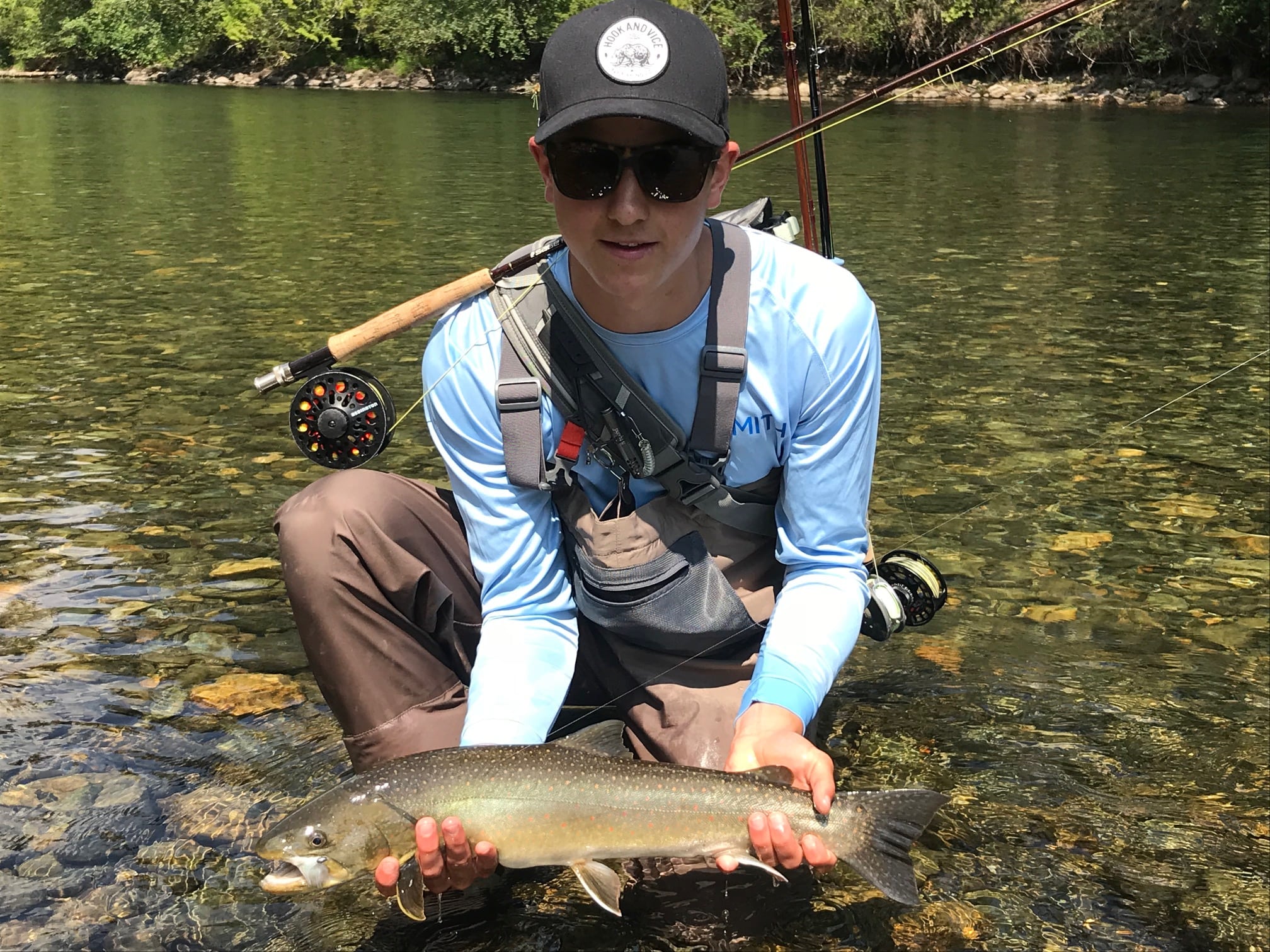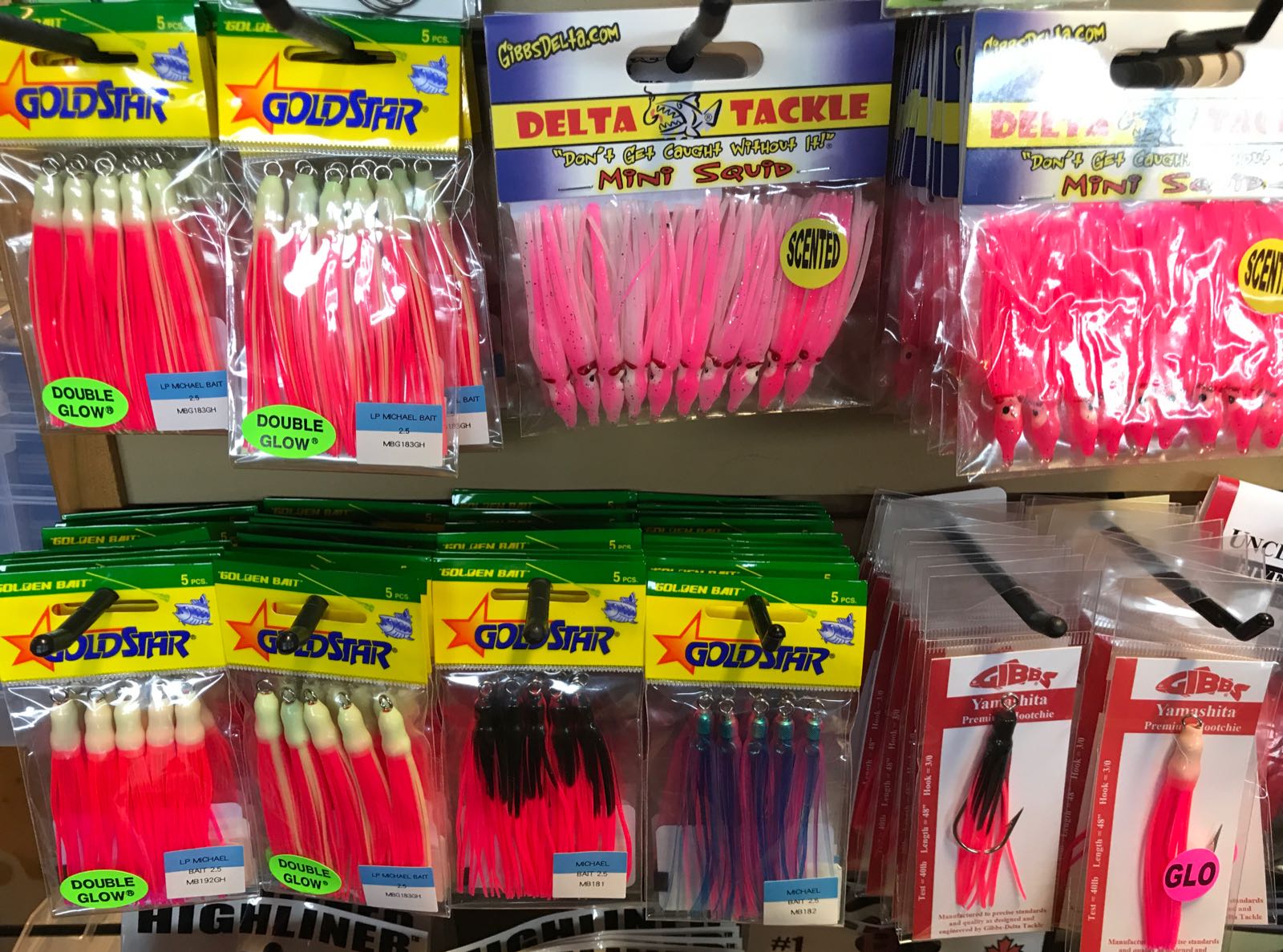OUTLOOK
If you are living under a rock you might not have heard but the sockeye are open in both freshwater and saltwater! It looks as though we will see 13 million plus fish. In this week’s saltwater fishing report Jason has some tips and tricks if you’re looking to chase a few sockeye. The other fishery where we can target sockeye is on the non tidal portions of the Fraser. We have detailed look at how we harvest these fish and the techniques involved in the river report section.
We have a Skagit report from when Matt, Brendan and Sean hit the river on Monday but there is some breaking news. A fire has flared up north of the Silver Tip campground. As we write this report it is considered a “fire of note” and they have closed road access and evacuated campers.
The news has been dominated by sockeye lately but there are still tons of other fisheries to check out so read on for this week’s report.
FRESHWATER FISHING REPORTS
The Fraser Sockeye Fishery
Sockeye fishing on the Fraser is a ton of fun but be we want to start off and talk a little about what bottom bouncing is and isn’t.
In the next few weeks, 13 plus million sockeye will be moving through the Fraser. Sockeye will bite a lure – it has happened, but it is a very rare occurrence in fresh water. Couple this with coloured water that makes it hard for any species of fish to see a lure in the Fraser and you find it almost impossible to consistently get sockeye to bite. For this reason, we use a method called flossing. We are bouncing a weight off the bottom of the river to keep a long leader hovering 3-12 inches off the bottom. Sockeye tend to open and close their mouths a ton and the long leader catches in their mouth and the hook catches in the outside of their mouth. We will leave the ethical debate up to you but we like to classify it as a harvest not a sports fishery. It is a fun way to spend time in the outdoors and it allows the fishing community to harvest sockeye for the table. The one critical note we want to make is that this method should not be used to target other species on other systems. It can snag and maim other species and can have a heavy negative impact the fish stocks. After the season is over please do not try this technique for other species.
Now that we know a little more about this harvest let’s look at how to do it properly.
Rods, reels and lines to use for bottom bouncing
Baitcasting reels and 10.5ft drift rods are perfect for this technique. They provide the reach to cover the river and a baitcasting style reel is nice to control your bounce.
Longer spinning rods will work too – I landed my first sockeye when I was 11 with a trout spinning rod so it is doable and in some places it is even beneficial because you can cast a spinning rod further than a baitcaster. A long 9-11ft spinning rod will do well but you loose a level of control when letting line out.
In terms of line 20lb mono will work but for sensitivity and the ability to flip over rocks when you snag, most anglers will use 50-65lb braided line. The colour does not matter but some guys like green to keep things stealthy and some like high vis yellow so they can see the line. Long story short don’t worry too much about line colour.
The Rig for Bottom Bouncing
You can get away with a simple rig using a 3 way swivel, bouncing betty and long leader but if you want a system that lasts a little longer and can stand up to the abuse of constantly bouncing down the river, you can add some things to help. The first is a leader saver. This is designed to keep the weight from abrading the leader. You will also find that snags can pinch the line to the weight and snap it. A leader saver is a small wire piece that will protect the line.
The ball weight or “betty” is attached to the leader saver on the short side. Betties will come in 1.5- 5oz weights. The sweet spot is usually 3oz but you will want to bring a few different sizes. It will depend on the current in front of you. There are bars where a 4 oz will be the best for the top of the bar and then a 2 is best for the middle or vice versa. You will loose a few too, so we recommend bring around 10 betties per outing in a spread of sizes so you don’t run out before you get your limit.
From the weight and leader saver we use a 10ft 20-30lb leader. Some anglers will go longer but 10ft is long enough to floss the fish but it is manageable to cast. Maxima is king but you will also see guys using fluorocarbon. I have never noticed a difference, but I have also not experimented too much with fluorocarbon. I would love to hear if the experienced guys out there are finding it makes a difference.
2/0 to 4/0 hooks are standard, and we also put something with the hook. Not to attract the fish but to keep the hook floating in the zone. Wool has been the standard but spin n glows and corkies are also worth a try. You can play with leader lengths, wool and corkies to find the sweet spot. Again it is spot and current dependent and can change drastically as you pick your spot on the bar. Green has always been to the go too color, possibly because the fish can’t see it in the green haze colored water. I am not sure if color makes any difference at all but sometime is fun to experiment.
Well I hope this gives you a sound understanding of this technique and if you are looking for spots and all the gear, come down to the shop and the guys will be ready to help.
Capilano River Fishing Report
The Capilano River is still low and the heat wave continues. They are forecasting rain on the weekend and that is most likely to turn things slightly more optimistic. The rain will up the water that has stayed low and hopefully with that will stir up the stale staging fish and help move in fresh fish.
If you head out, swing and slightly twitch patterns like the Cap Bugger, Mickey Fin and other natural leech patterns with a full sinking line. For gear guys you can toss smaller lures like 3/16 oz-14/oz Croc and size 2-3 blue foxes. Twitching your spoon slightly will aggravate the fish more leading to a better chance to catch fish.
if you get any wild coho or any steelhead please release them with care.
Stay safe out there,
Dustin Oh
Skagit River Fishing Report
Matt, Sean and I took advantage of the long weekend on Monday to hit the Skagit. Needless to say we found some good fishing even with the hot weather. Hiking to find “virgin” spots or runs with little pressure is key. Fish that are in spots closest to easy access have probably seen a presentation daily and are getting educated. We nymphed for most of the day as there was no noticeable hatch coming off. For flies the standard prince nymphs, golden stone and girdle bug under an indicator produced fish. I was also playing around with some more complex patterns that closely resembled a clinger mayfly nymph and managed a few fish. On the bulltrout front we found a few pods of fish spread throughout the river. Some of the spots were very difficult to fish, but when the run set up right the swung fly couldn’t be beat. A smaller 3-4 inch white rabbit strip zonker style fly produced for the majority of the bulls.
Looking ahead to the forecast for this weekend and next week, it looks like we are in for some cooler weather in the low to mid 20s range and a chance of rain on Saturday. This a good thing for the forest fire (see below) and the fishing. Overcast cooler weather will help get the bugs hatching. Hopefully we’ll have our first noticeable hatches of the season. If you plan on heading up this weekend or next week, I would make sure you have some smaller sz 12-16 parachute style flies in grey as well as a few larger style grey wulff or mayfly style fly pattern in the same colour in your box. As it is likely you will run into a hatch.
If you are heading out please be aware that there is a forest fire located by Silver Tipped Creek on a mountain well above the valley. As of now the fire is at 50 hectares and at an active status. Check out the active fire map for more information. As we were writing this report we have heard that the road is now closed at the park boundary and you cannot access the river. As a backup plan we recommend driving to the Thomspon if you can’t fish the Skagit. We don’t have a report on it this week but it has been fishing really well. Call the shop if you get jammed up and we can help. Link to Wildfire Map
See you on the water,
Brendan
Remember the Skagit is catch and release only and like all rivers in our area you need to pinch down your barbs.
Good Luck!
SALTWATER FISHING REPORTS
Vancouver Saltwater Salmon Fishing Report
Well what a week it was for coho, best described as feast or famine. There were a few charters where we felt lucky to get a bite and then there were a few charters where our guides literally hit the mother lode! Below are a couple of pictures from 5-hour charters, yes 5-hour charters, not 10 hours of coho fishing. In fact these impressive limits were caught in a few hours for the most part, as midweek our guides got on a huge school of hatchery coho. One of the days Eddie limited out so fast he had enough time to zip over to the Bell and get a chinook before he had to leave at 11:30 am to be back at the dock for noon for his 1:00 pm charter.
Remember that these coho are from the Capilano Hatchery and are specifically reared to provide a sports fishery and be harvested. The hatchery wants us to catch and keep these coho as there is little or no natural recruitment ability left for this river because of the dam, hence the hatchery production. So no bleeding hearts about limits of coho please, that is what they are here for and that is why our regulations allow us to harvest hatchery coho and why it is catch and release for all wild coho. In terms of flashers and lures, we were using the same gear we have been using all season long and that has been covered in previous reports.
Okay on to chinook, and yes I will be talking about sockeye soon. So chinook fishing has been slow. There has been some taken off the Bell, T-10 and Sandheads, but for the most part it has been slow. This isn’t surprising as the forecast for Fraser River chinook is average at best this year so I am not expecting it to be red hot quite yet. You will see some good fishing for sure, but not likely until mid next week. The full moon is on Saturday and that means big tides, and usually a few days after the first full moon and big tides in August the chinook show up. In fact they might be showing up right now as a report just rolled in that a friend of ours got 4 yesterday afternoon at Sandheads. We had a lot of shorter trips these past 72 hours so we were local and were coho fishing, but today and this weekend we are on longer trips and will be down at T-10 or Sandheads. Some of our boats just texted us that they have been into a few good ones this morning down at Sandheads, so that is promising. For chinook you want to keep the gear shallow, 75-30 on the riggers and fish bait on all your rods. I will get more into flashers and teaser head choices next week, as I need to save some room for sockeye gear this week. The short and sweet version is UV and Chrome flashers and teaser heads on your top rods and Glow flashers and teaser heads on your bottom rods.
Okay, finally time to talk about sockeye. The forecast is 13.8 million and it looks like we are going to get that or more based on the current data, hence the 4 fish limit and early opening of August 1. The numbers are steadily building and we expect a good push to show up mid next week, just like the chinook. The fish are there in catchable numbers right now but some people seem to be struggling while others are getting quadruple headers and limits. So you have to be on the right school on the right day but it is officially time to go. The boats that are doing well are running lots of dummy flashers. Don’t try running chinook gear on one side and a few sockeye hootchies on the other; this isn’t going to get you many fish this time of year. If you want the big numbers you have to commit and run lots of dummy flashers so the schools of sockeye will follow you and then bite your hootchies.
We recommend running at least 2 dummy flashers if not 3 and then stacking 2 rods above that. The best colour is not red. Blue is the go to this time of year as it mimics the bright blue back of these fresh sockeye.We just got a custom order from Gibbs. They are blue blade flashers with silver hex prism tape on one side and glow tape on the other side. These are killer for sockeye so get them while supplies last.
Here is a diagram to get your started on your sockeye gear. If you fish like this you are going to do well. We have set lots of customers up this way this past week and they have had limits while boats around them are scratching their heads.
See you in the shop or on the water,
Jason Tonelli
Beach Fly Fishing Report
Beach fishing has continued to be active with most anglers finding success around incoming tides. Not too much has changed from previous reports: those able to get out early are usually the ones to encounter fish.
That said, this upcoming week sees some of the tides being mid-day so anglers may want to pick and choose when they head out or how they spend the rest of the day. Small flies are still the norm for fly anglers, while those using conventional tackle are using small spinners and spoons. To reach the sand bar, the tide needs to be below 6 feet. Be careful of the incoming tide as you do not want to be caught out there once it’s too deep to wade back.












